DC Project Raises Timber to New Heights
The story behind the innovative expansion of Columbia Property Trust’s office building.
Globally, the number of new mass timber buildings will double every two years, reaching 24,000 by 2034, according to the 2020 North American Mass Timber report issued by the Forest Business Network. Should this turn out to be true, by 2034, the North American building industry will also store more carbon than it emits.
While wood’s use as a construction material has been around forever, it has been largely limited to low-rise and light-frame buildings, suited primarily to homes, smaller apartment buildings and low-rise, nonresidential structures. However, recent building code changes have paved the way for continued expansion of CLT’s use in large buildings. From 2016 to 2019, the square footage of mass timber construction quadrupled, per the same report.
It’s safe to say that nowadays, the growing field of mass timber represents a major disruption of conventional concrete-and-steel approaches to building design and construction. Wood can now be reimagined as an advanced structural system that produces communities with greater speed, efficiency and resilience. Not to mention that as a construction material, wood combines aesthetic beauty, superior strength and lightweight.
Columbia Property Trust completed the construction of the first commercial office building in Washington, D.C., that features mass timber. The project is a 105,000-square-foot vertical expansion of a Class A office property, known as 80 M Street and acquired by Columbia in 2004, according to CommercialEdge data. The addition spans two floors and a habitable penthouse built atop the existing eight-story, 286,000-square-foot building located in the Capitol Riverfront District.
Patrick Keeley, senior vice president & D.C. region lead at Columbia Property Trust, shared with Commercial Property Executive some backstage details about the development.
Why did you build the expansion at the 80 M Street project out of mass timber?

Patrick Keeley, Senior Vice President & D.C. Region Lead, Columbia Property Trust. Image courtesy of Yvonne Albinowski
Keeley: We opted to move forward with a mass timber overbuild after extensive analysis and consultation with our design, engineering and construction teams. We were drawn to mass timber because it offers comparable strength to concrete at a lighter weight load, with faster construction timing and less on-site labor required, all of which allowed us to increase the height of the building in a way that minimized the overall impact to the rest of the structure. This was very important to us when completing an overbuild on a fully occupied building.
Also, as a low-carbon alternative to steel, concrete and masonry, mass timber development supports our commitment to operating sustainably. Our 80 M project will sequester approximately 834 tons of carbon emissions, which is comparable to the carbon offset by roughly 1,000 acres of forest over a full year of growth.
READ ALSO: Carbon Reduction, a Vital Part of Any Recovery Strategy
How has the pandemic impacted the construction process?
Keeley: We’ve been able to advance through the construction process right on schedule, thanks to the dedication, flexibility and creativity of our project team. With the building virtually empty last summer, we were able to both save time and limit the disruption to our existing tenants by moving up the timeline for the invasive aspect of the project—the strengthening and reinforcing of existing steel columns to support the upward expansion.
How has the scarcity and price increase in construction materials affected the project’s development?
Keeley: We were fortunate to have locked in pricing and procurement plans well in advance of the pandemic, so 80 M’s development costs have not been impacted by the recent price increases.
What is most exciting about building with mass timber and what’s the biggest challenge?
Keeley: Being the first project in D.C.—and one of the first in the country—to employ this cutting-edge building technique is both extremely exciting and very challenging. While the market had no familiarity with mass timber construction prior to this project, 80 M Street has really captured people’s imagination and is helping to drive interest in this building technique.
Given the uniqueness of our project, we had to spend a fair amount of time with the Department of Consumer and Regulatory Affairs to achieve early adoption of new code requirements that account for mass timber construction.
How much mass timber was used in the project and where did it originate from?
Keeley: The 80 M project includes over 1,380 tons of mass timber engineered from hardwood grown in Spokane, Wash., and Chibougamau, Quebec.
Tell us more about the project’s biophilic design and the role you anticipate it will play in tenant satisfaction.
Keeley: Our mass timber overbuild is designed to enhance productivity, health and wellness for its future occupants. 80 M’s biophilic qualities include 15-foot-tall ceilings and 12-foot windows—a combination that will double the amount of light penetration compared to a standard D.C. office space. We are also incorporating 1,000 square feet of outdoor amenity space, which will further elevate our tenants’ experience.
What other sustainable features and technologies will be implemented at the development?
Keeley: We’ve also commenced work on a lobby renovation and robust amenities package at 80 M Street that includes a state-of-the-art, technology-enhanced 2,661-square-foot conference center that can be configured to seat up to 136 attendees, a 10th-floor tenant amenity lounge with terrace and a windowed fitness center with Peloton bikes.
As part of the renovation, 80 M will also provide electric vehicle charging stations and an expanded bike room, which will complement the existing Capital Bikeshare station and on-site bicycle parking.
What’s the anticipated impact of the project on D.C.’s office scene?
Keeley: We may be the first to rely primarily on mass timber, but we are confident we won’t be the last, judging from the wide range of local developers and builders who have asked to tour the project site in recent months. It is a source of tremendous pride to be a pioneer of this technique in the D.C. market and for most of the country as a whole.
What do you foresee for the office sector over the next few years?
Keeley: We are optimistic that the D.C. office market will rebound quickly coming out of the pandemic, and that office space such as 80 M, which offers an elevated experience and prioritizes health and wellness, will attract the greatest demand.

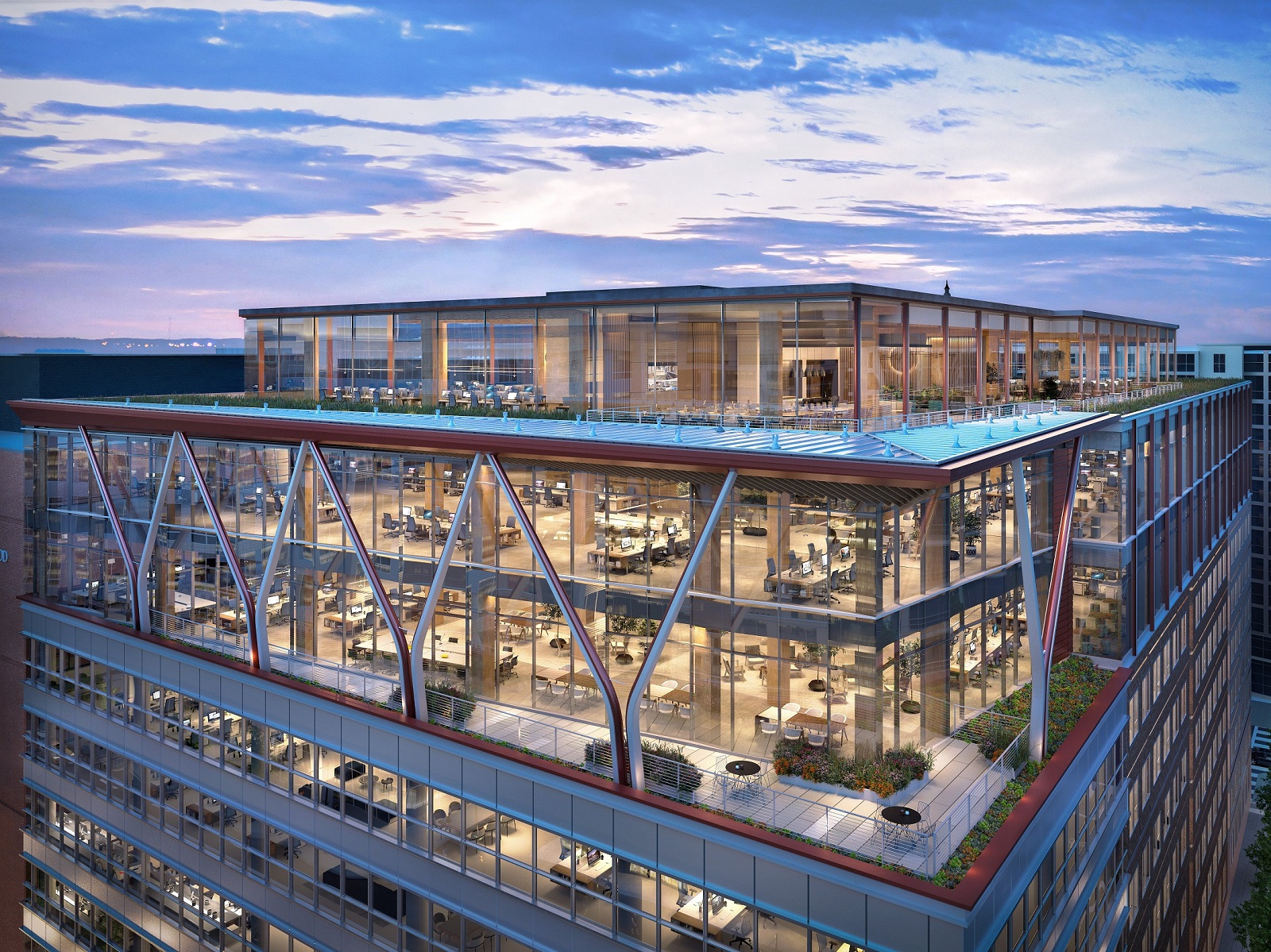
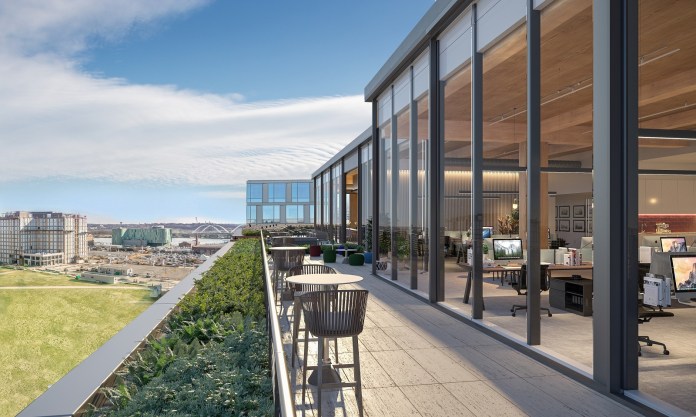
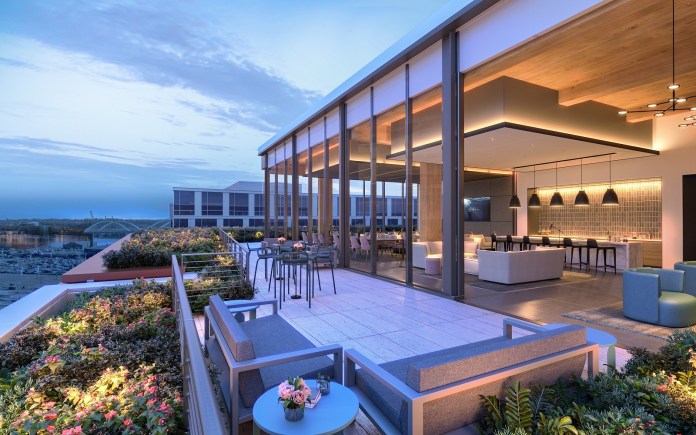



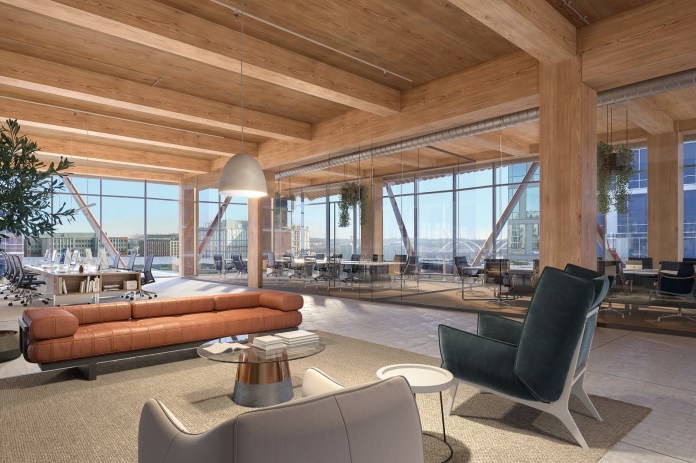

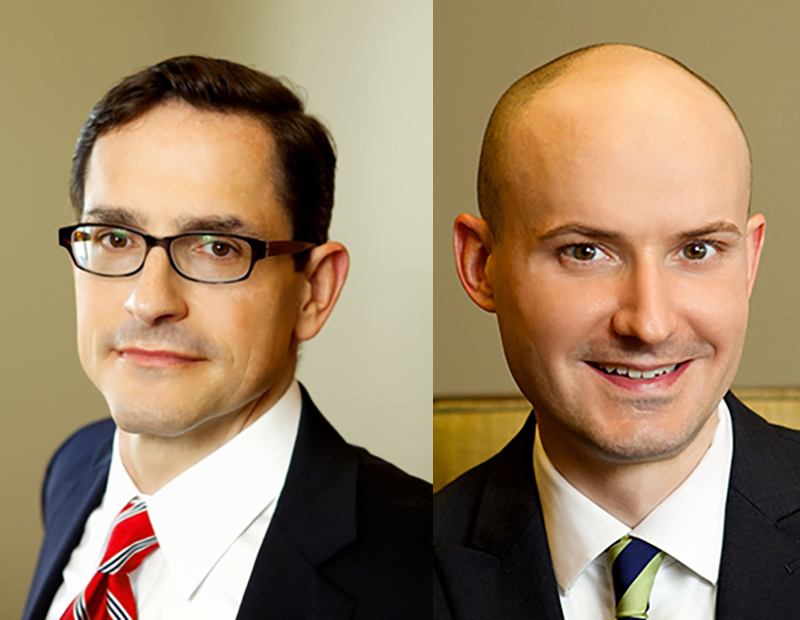


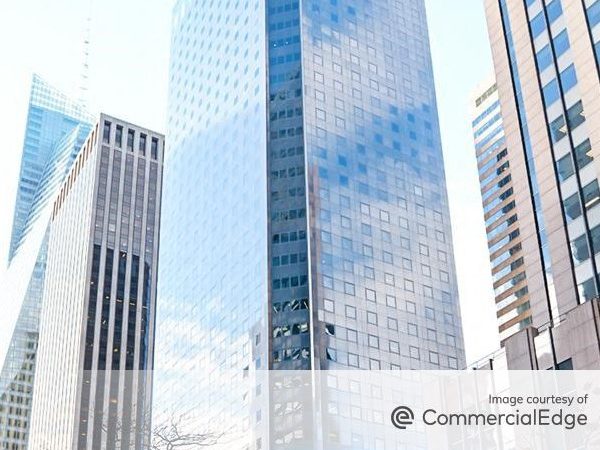
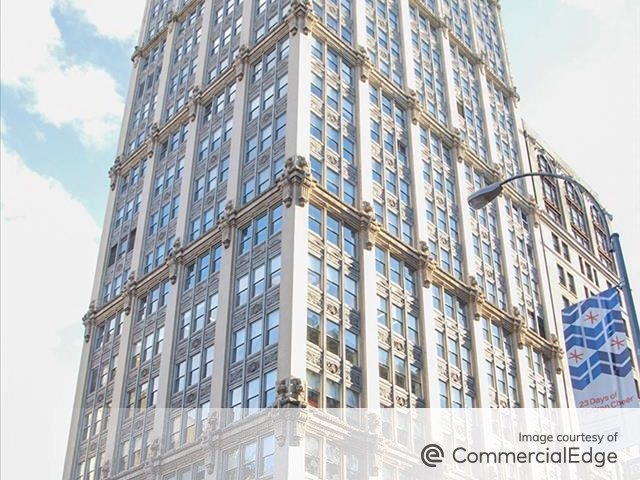
You must be logged in to post a comment.